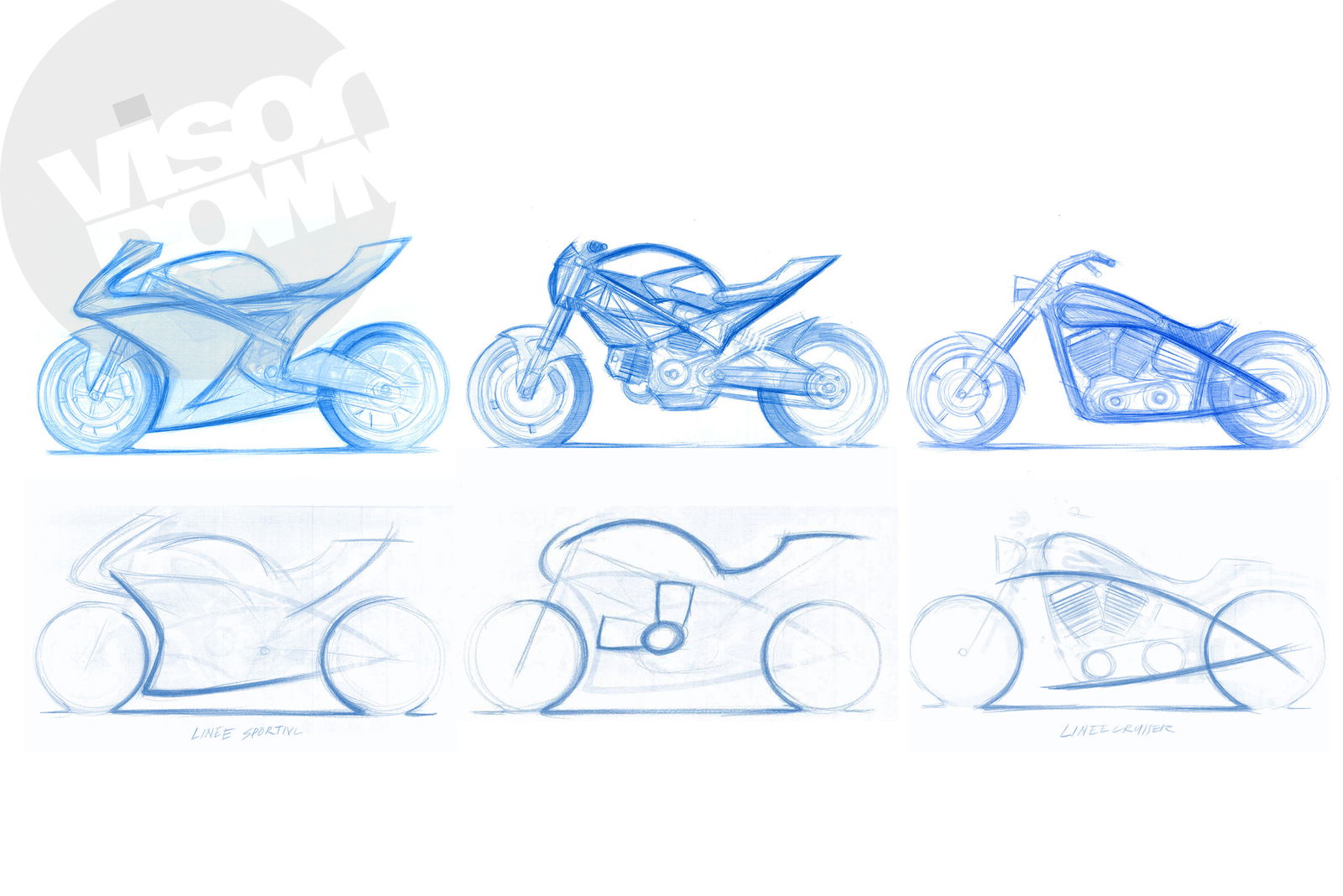BLINDED BY THE LIGHTS, DIZZY NEW HEIGHTS
The new BMW K1600GT raises the technological bar and sets a benchmark for motorcycle innovation.

World’s first, attention grabbing isn’t it? BMW breaking new technological ground with the revolutionary K1600GT. Well not exactly, some of the tech on this bike is not new at all, what the Bavarian boffins have done is cherry pick existing automotive technology, develop it to the limit, and create possibly the most advanced motorcycle of the moment, that lays the foundations for motorcycles of the future.
ADAPTIVE HEADLIGHTS
Turning headlights were available as far back as 1928, and it was the Citroen DS that brought this concept to the masses in 1967. This was abandoned (blame US regulators) for some 40 years and has, until now, been unavailable on bikes for the simple reason that your clever round-the-corner lights will dazzle oncoming road users. Hence normal headlights being required by law to light up the hedgerow rather than approaching traffic.
BMW use a sophisticated bank angle sensor module and a front facing camera that sends data to a constantly pivoting and pitching mirror, projecting an HID (High Intensity Discharge) or ‘Xenon’ light beam around the corner, illuminating the road ahead and potential hazards. As soon as an approaching light is detected, the mirror adjusts to give maximum illumination with minimum distraction. The tricky part that has taken so long to develop has been distinguishing a distant street light from that of a car, whilst leant over at 27 degrees, in 3rd throttle 76.7% open, with a 52.6kg pillion, half a tank of fuel, 2 overladen panniers during a full moon at 7.32 pm in April. You do the math! Oh and in case you are wondering, when riding in anywhere other than Australia, South Africa, Japan or Papua New Guinea there is a wrong side of the road setting in the on-board mega computer.
No more fumbling for the pass switch while blasting a country lane, squinting to read a road sign before missing the junction or swerving an unobservant pedestrian. ABS, traction control, and all wheel braking are now proven on two wheels and here to stay, this latest trickle down from the car world is coming to showrooms near you.
CLICK HERE FOR THE OFFICIAL VIDEO

